In art imitating life, there is a wonderful irony that the music entitled “What You Gonna Do When The Grid Goes Down?” is performed by Public Enemy. A grid failure would indeed be Public Enemy No.1.
As someone whose career has been in Oil and Gas, it has been a real awakening to understand better the critical role of electricity in the wealth and development of nations. The “Grid” has been described as the most complex machine humans have every built – and is in some ways quite miraculous.
In physics we can think of systems as being in stable or unstable equilibrium. A brick is in stable equilibrium with a flat table surface. A pencil finely balanced, standing vertically on its sharpened tip would be in (very) unstable equilibrium. The miracle of the grid is that it is in a form of dynamic unstable equilibrium. In an almost literal sense, when you switch on an appliance, someone somewhere has to generate the required electrons. The grid doesn’t store electrons as a piping system stores water (and electrons don’t “flow” in the way we tend to imagine they do… its much more complex than that). Supply has to meet demand in a dance of constantly changing requirements.
Whilst the above is true, the majority of the load balancing is done using statistical forecasts of demand, with fine tweaking occurring in real-time. Indeed, electrical systems tend to go critical when forecast demand or supply are wrong by margins above the expected tolerance. This example from ISO New England on 31st January 2022 shows the demand surging well above forecast and we can see the last-line-of-defense (burning oil to generate 19% of the region’s electricity) being called into action.
Yet, despite this precarious nature – reliable electricity has been one of the underpinnings of modern society, and is so reliable that most people wouldn’t even know where their home flashlight is, let alone if they have checked the batteries anytime in the last decade (you might want to start paying a bit more attention to this). So how has this been achieved?
The answer (in my simple world view) is that the supply side has been right-sized based on reliable generation capacity. A stack of coal, gas, biomass, nuclear and hydro electricity generating units are designed with some nameplate capacity. These have sources of fuel that are more or less “firm” – coal can be stored on site in large quantities, as can uranium. Gas needs reliable pipelines, but mostly this has been robust (until quite recently) and hydro is firm unless you have had a multi-year drought – as Brazil has had recently. All of these however will have some down-time for maintenance and unplanned stoppages – so the generating capacity after taking into account these effects is known as the System Adequacy Contribution. This can be defined as “the ability of the generation assets to cover the peak load, taking into account uncertainties in the generation availability and load level”. The final step is to ensure that the sum of the System Adequacy Contributions is at or above 115% of the known Peak Demand. This 15% buffer is known as the Reserve Margin. As noted here : “The amount of reserve margin is a trade-off between the risk of black-outs (and other system reliability issues) and costs.” There is a cost having capacity on standby - a fact that will have greater relevance later in this post.
Note this is fictitious and purely for illustration. By way of comparison the UK has a peak demand of about 42 GW, France peaks at just over 80 GW because most home heating is electric.
Unless you have been in a galaxy far, far away you’ll know that these traditional energy sources are being swept away by a tsunami of renewable energy. Coal plants are being dynamited (a very bad idea… at worst they should be mothballed), and nuclear plants decommissioned despite generations of useful life ahead. We would expect the contribution of traditional sources to be decreasing. And indeed, headlines provide regular news about new records being broken (California recently hit 95% renewable electricity for a brief moment).
As with the Monty Python “Yorkshire men” sketch who claimed to have worked “26 hours a day” - electricity has to be 24/7/365 or better. It is not surprising that the integration of intermittent renewables has caused much debate. The aim, however, should be recalled as being a reduction in Greenhouse Gas (“GHG”) emissions, and if you believe the propaganda, the resulting electricity will be not only greener, but cheaper.
To ensure the vital always-on nature of the grid, when we remove say coal and nuclear and replace them with wind and solar, we must account for the intermittency. Both wind turbines and solar panels are reliable in a technology sense, but their source of energy is not firm, so we need to apply a Capacity Factor that includes both the operational constraints of the technology (as we did for all other generators in the example above) and the much bigger intermittency. In this example I have used 30% for solar and 45% for wind. And we can see, that by building a wedge of nameplate capacity we can arrive at a situation where the Reserve Margin is honoured after accounting for the Capacity Factor.
The problem is that these Capacity Factors of firmness are average values – and in the real world the availability can drop to zero, or very close to zero. So, we can see very simply how a winter night with little wind and no sun would drop the generation capacity not only below the Reserve Margin, but also potentially below the actual demand. This would of course result in blackouts.
If you have experienced blackouts, these were probably local issues on the low-voltage distribution wires. However, when a grid goes down, the process of restating is know as “black-start” and can be thought of as trying to rebuild the pencil standing on its tip. It has been estimated that the February 14th 2021 Texas rolling outages got to within minutes of a total grid collapse and that it could have been several months before it could have been restored fully. Unimaginable.
So having looked at theoretical excel graphs – lets see how Germany is doing.
There is a lot to see here – but most strikingly is the massive increase in wind and solar – which is approximately 120 GW of nameplate capacity. We can also note that Germany took the first step in shutting its nuclear in 2010 – taking just over half its 20GW offline (and, not seen on this image, removed an additional 4GW (leaving only 4GW) as of January 2022 – a decision that has to go down as one of the worst bits of timing in energy-security history.
Less obvious is the fact that, apart from the drop in nuclear capacity in 2010 – the amount of available legacy capacity has stayed pretty constant. To understand this, we should think about the following.
1) Emissions: you would think that the installation of 120 GW of installed capacity of wind and solar would have a significant impact on GHG emissions. It is estimated that GHG emissions have dropped, but by only about 20% over two decades.
2) Cost: Germany has essentially doubled its installed capacity (a net 94% increase) since the year 2000 but has only increased its generated electricity by 5%. What this means is that there is enormous redundancy in the system and that thanks to the renewables the traditionally reliable options of coal, nuclear and gas are used less frequently. It is significant that, apart from the nuclear plants that have been removed, the majority of the traditional sources remain in-situ because they are still needed.
Renewable energy has priority in terms of usage – when it is being generated it gets highest priority. In addition, electricity generators get paid for the marginal cost of electricity. As a consequence legacy power-plants are either used less often (and therefore have less revenue) and/or are used but paid less (nuclear can’t easily be turned off). In some countries (USA for example), renewable energy can be profitable with negative pricing due to subsides like the Production Tax Credit. In such cases the traditional plants which have to stay online must “pay to play”- that is they must pay to have their electricity used.
In both cases, the economic viability of the traditional plants is undermined. However, and this is a very big “however”, these plants are critical to electricity security – and must be available to run when there is no wind or sun on a cold winter evening. The net result, as witnessed by this example is that a dual-system is being built, with half of it alternating between being on standby or playing a critical role.
3) Building significantly more solar and wind will increase the average contribution of renewables and will further reduce emissions. But the problem of intermittency will remain. Spreadsheet jockeys can show that “reasonable” amounts of battery or hydrogen used as storage can solve for 100% reliable energy. More detailed studies show that the problem is quite intractable when you take into account the reality of multiple periods of low generation occurring in sequence and not just focusing on single years or single periods of unhelpful weather. (SOURCE - still looking for the study that showed this in my archives.. if anyone can help out, I’ll update this reference!).
Go BIG or Go Home
With the upending of the European energy market caused by Russia’s invasion of Ukraine in February 2022, Germany accelerated its plans to transition away from fossil fuels, and (Russian) natural gas in particular. Reuters reported a leaked memo showing that Germany is looking to double onshore wind to 100 GW and more than triple solar to 200 GW by 2030. These are staggering numbers - and raise significant questions about land use issues. But ignoring these issues and assuming these do get built in the next 7.5 years (!), the full-stack of electricity generation will look like this:
I have assumed that nuclear goes to zero, as this is already planned and I have reduced gas to zero - although this may not be the case given the LNG import infrastructure that is being built. Likewise I have assumed Germany will continue on its stated path of phasing out coal - here I have depreciated by 50% their capacity by 2030. I don’t have a full data set, but worked from the Clean Energy Wire graphic above and used linear interpolation between data.
Based on my assumptions, Germany will have an installed generation capacity of 378 GW - compared to 114 GW in 2002 and 223 GW in 2021. As I said, staggering numbers.
The question is will it have a reliable, stable and resilient grid? Clearly relying on gas imports from Russia does not tick those boxes now. But what of the future?
It is hard to see storage solutions progressing by the required orders of magnitude within the next 7.5 years… (and imho, never) so there will need to be reliance on legacy fuels to bridge the winter gaps.
January 2022 was not unusual with periods of cold still weather.
How well does the massively over-built grid do? Well, taking the data from an inconvenient point - like 18h on the 24th January (smack in the middle of this chart - ignore the “18:00” notations on the graph, for unknown reasons this is the default output of agora-energiewende.de - these tick-marks are actually 00h00). At this time onshore (1.58 GW) and offshore (2.817 GW) combined were contributing 6.78% of the demand. Obviously solar was at zero, and legacy plants were churning out 52 GW.
Applying these percentages to the 2030 over-build (in my hypothesis of nuclear, gas and coal phase out) the total electricity generation would be 43 GW - significantly below the 2022 demand of 66 GW.
If Nuclear is phased out and coal is halved (as per my assumptions) - but maintaining all the current gas capacity would result in 70 GW of generation - enough to meet the 2022 demand (on the 24th January) but still far short of a 15% Reserve Margin above Peak Demand levels (Peak in 2022 was c. 75 GW implying a Adequacy Level of about 86 GW). And yes I acknowledge that I have picked a “moment-in-time” that highlights the deficiency, but it is clear that for several days, and repeated over many weeks, renewable energy under-performs in winter - something that storage won’t be able to handle for decades. I also acknowledge that there will be long periods of over-generation, which in an ideal world could be used to make green hydrogen - to act as inter-seasonal storage - the practical application and the cost of this is another subject entirely.
From this we can conclude that with the Energiewende over-build:
Direct generation GHG emissions will be significantly lower.
There can be much less reliance (on an annual average) on imported gas
But much of the legacy generation capacity will be needed as back-up for many years to come.
Whisper it - keeping nuclear would seem to be a good idea.
A dual-structure system will have to pay for the stand-by capacity/storage, so overall cost of electricity to the user is high.
As I have said before - a rule of the energy transition should be prudence - don’t destroy legacy generation capacity until there is robust evidence that the alternative provides the 100% always on solution.
If not, ask yourself: what you gonna do when the grid goes down?
*Coriolanus, Act 2, Scene 1


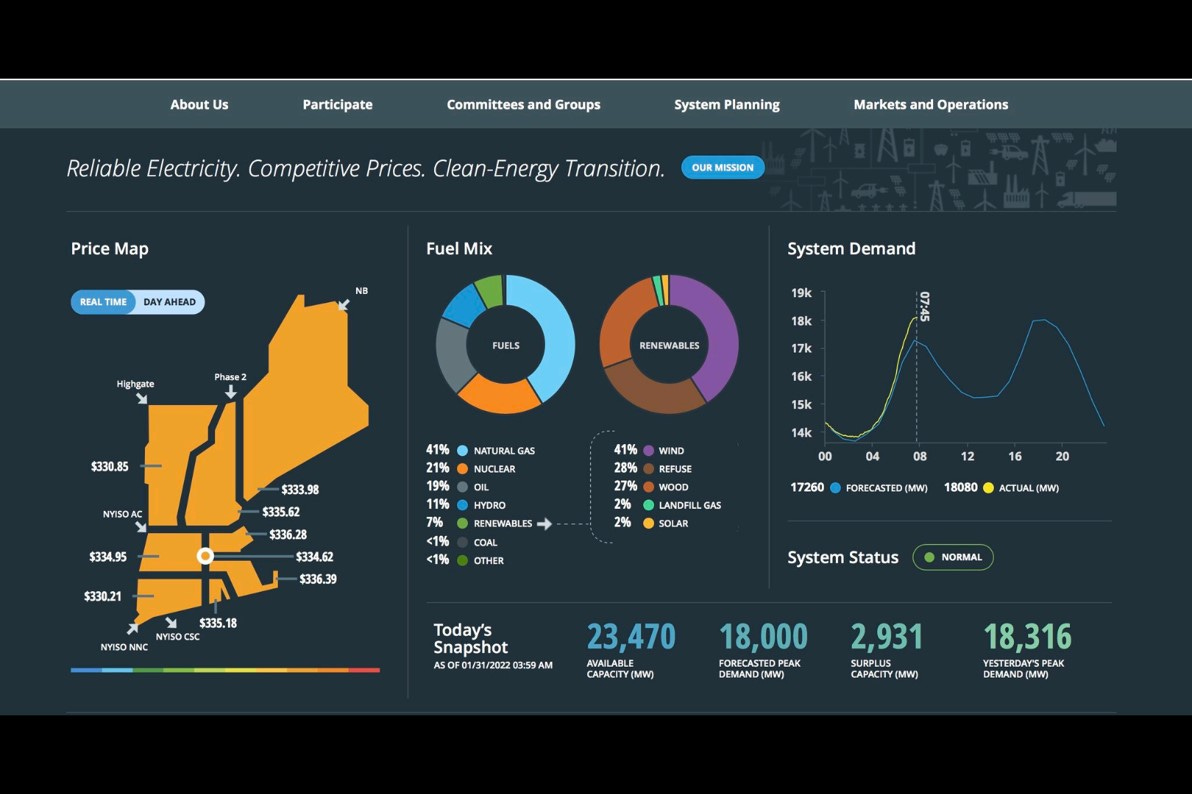
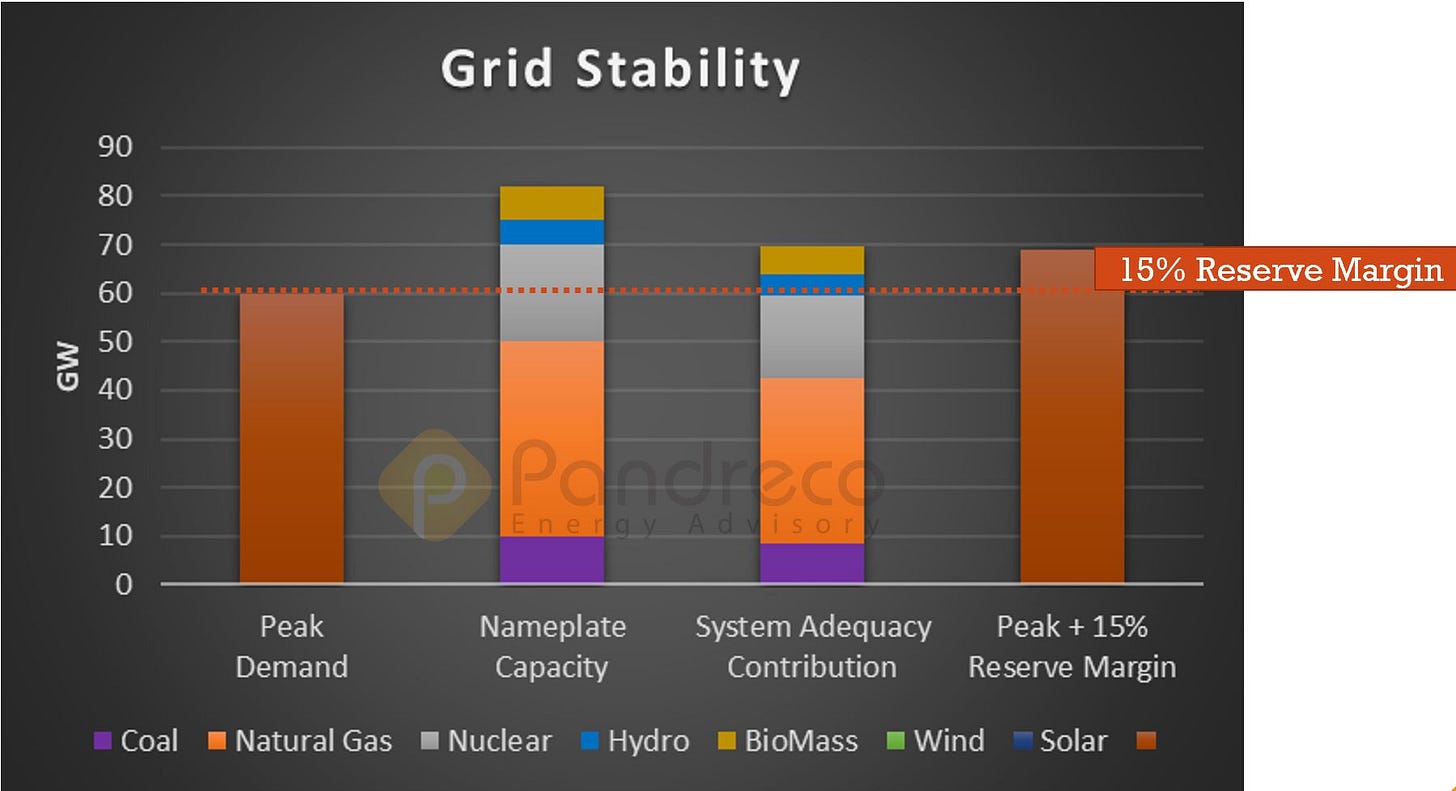
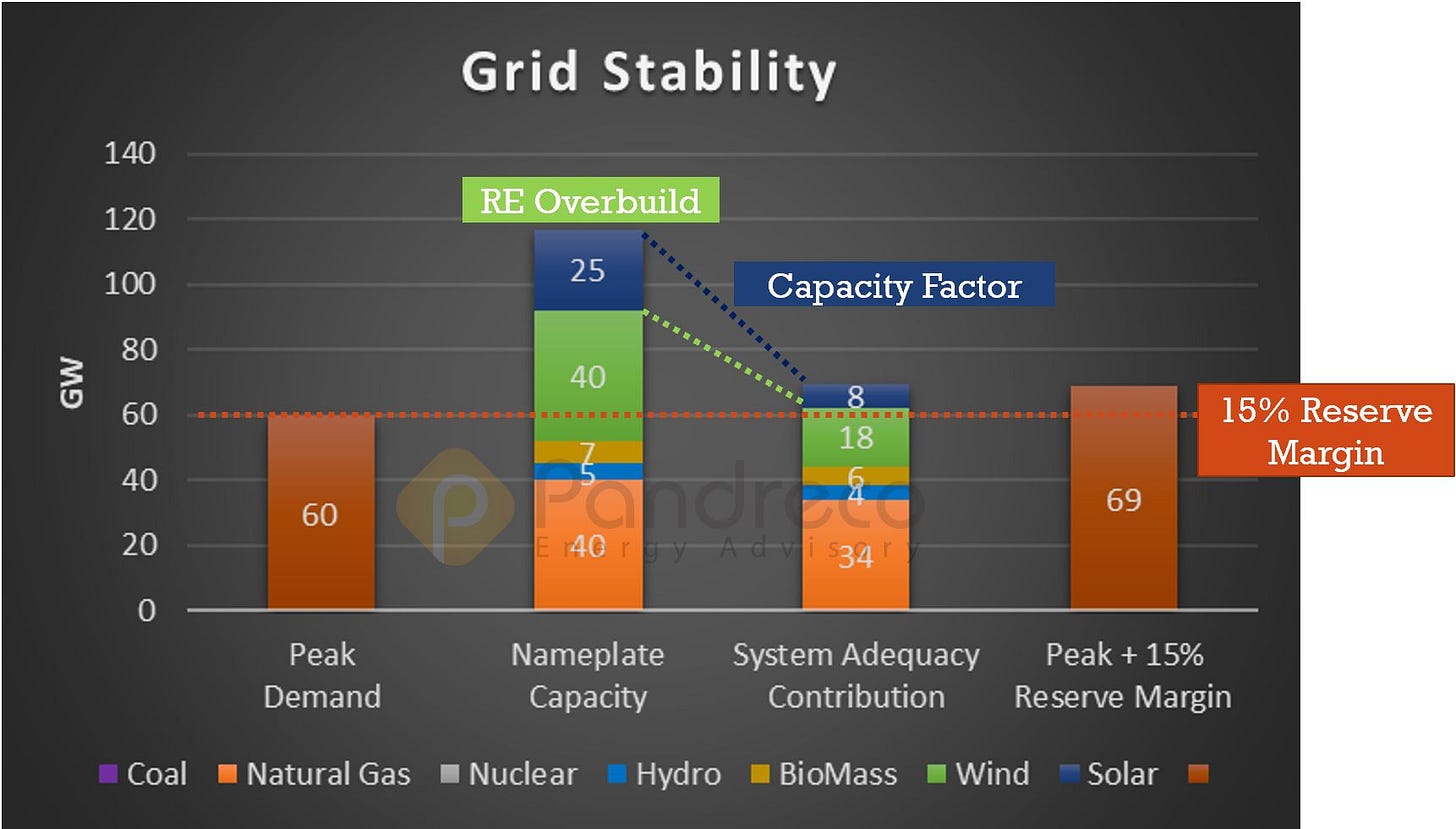
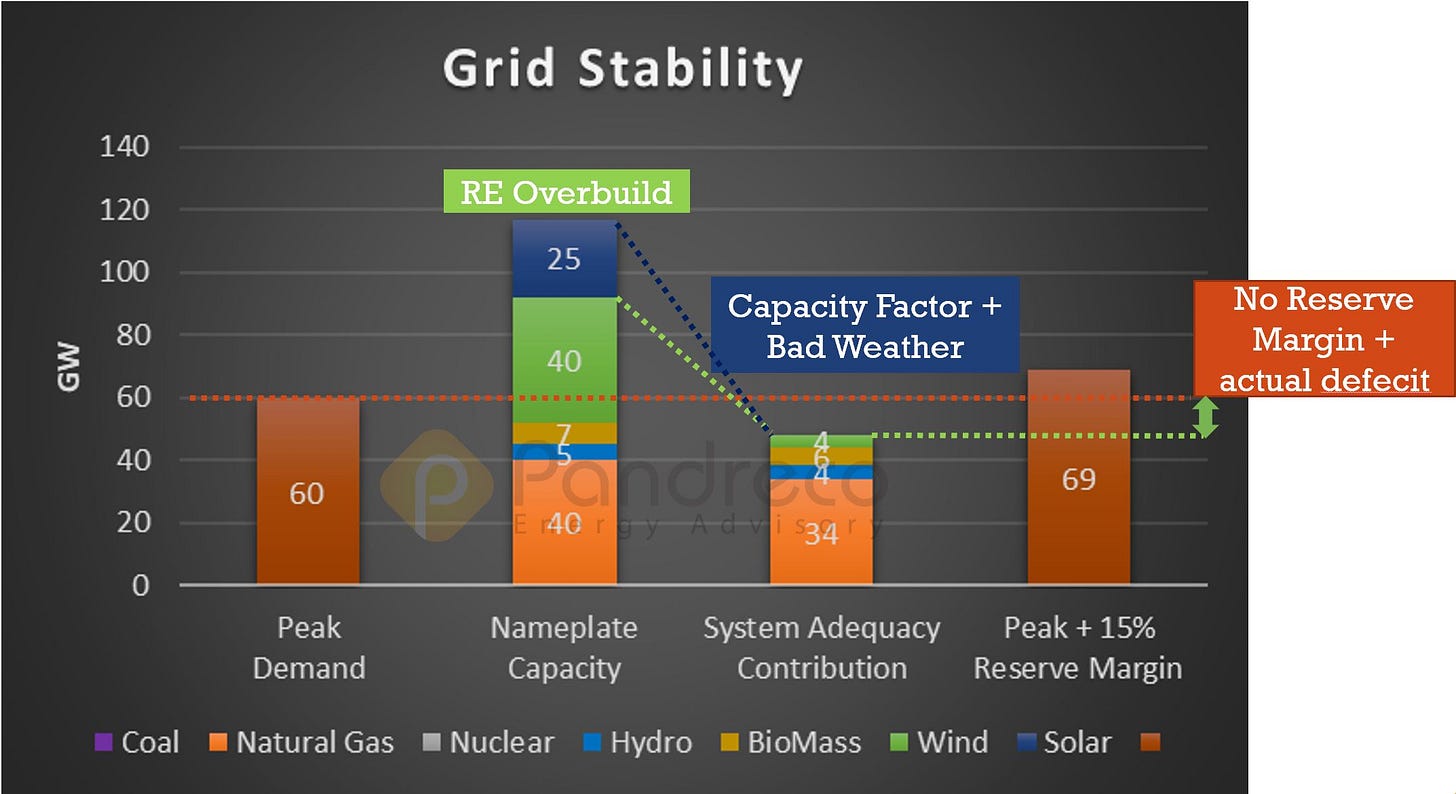
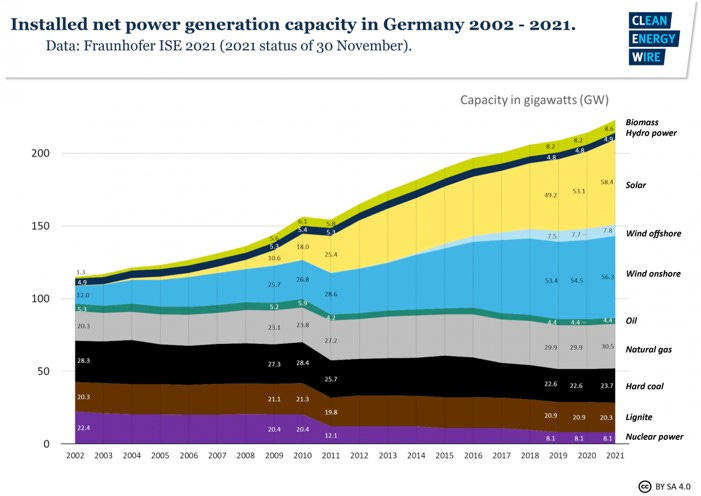
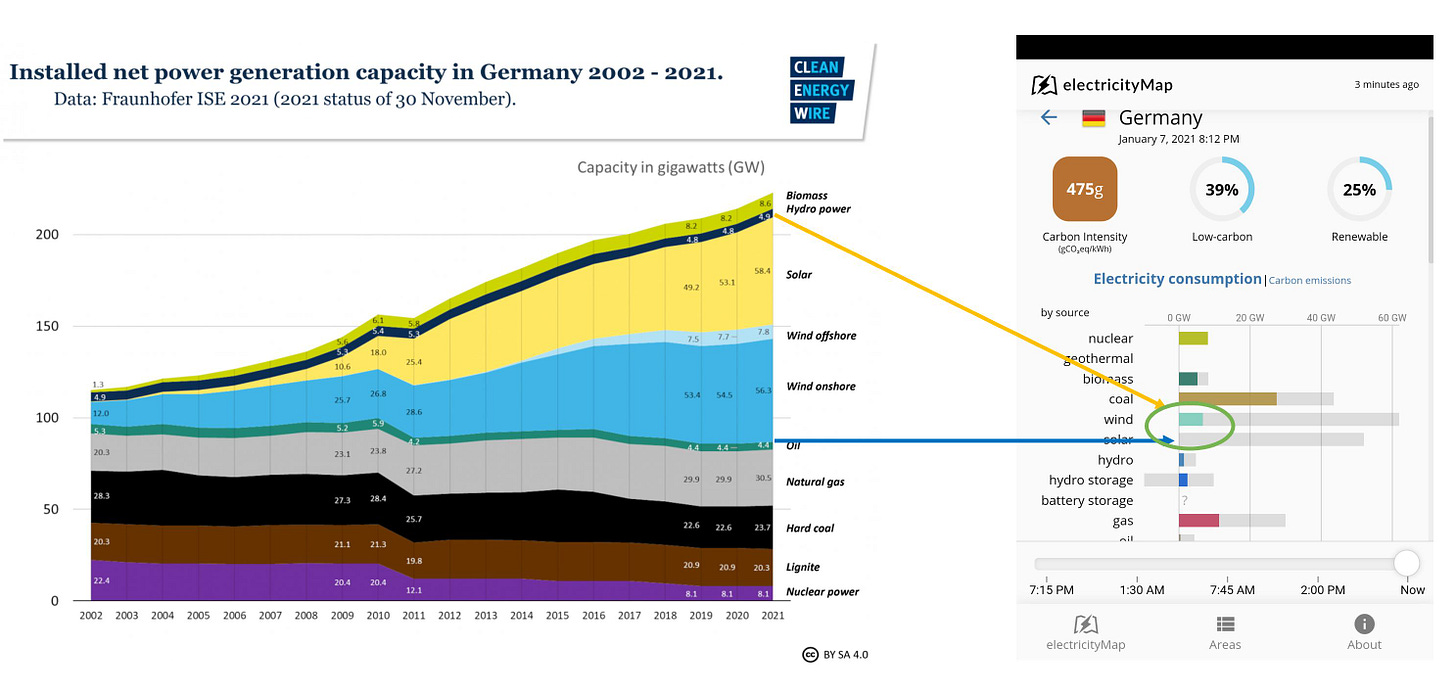
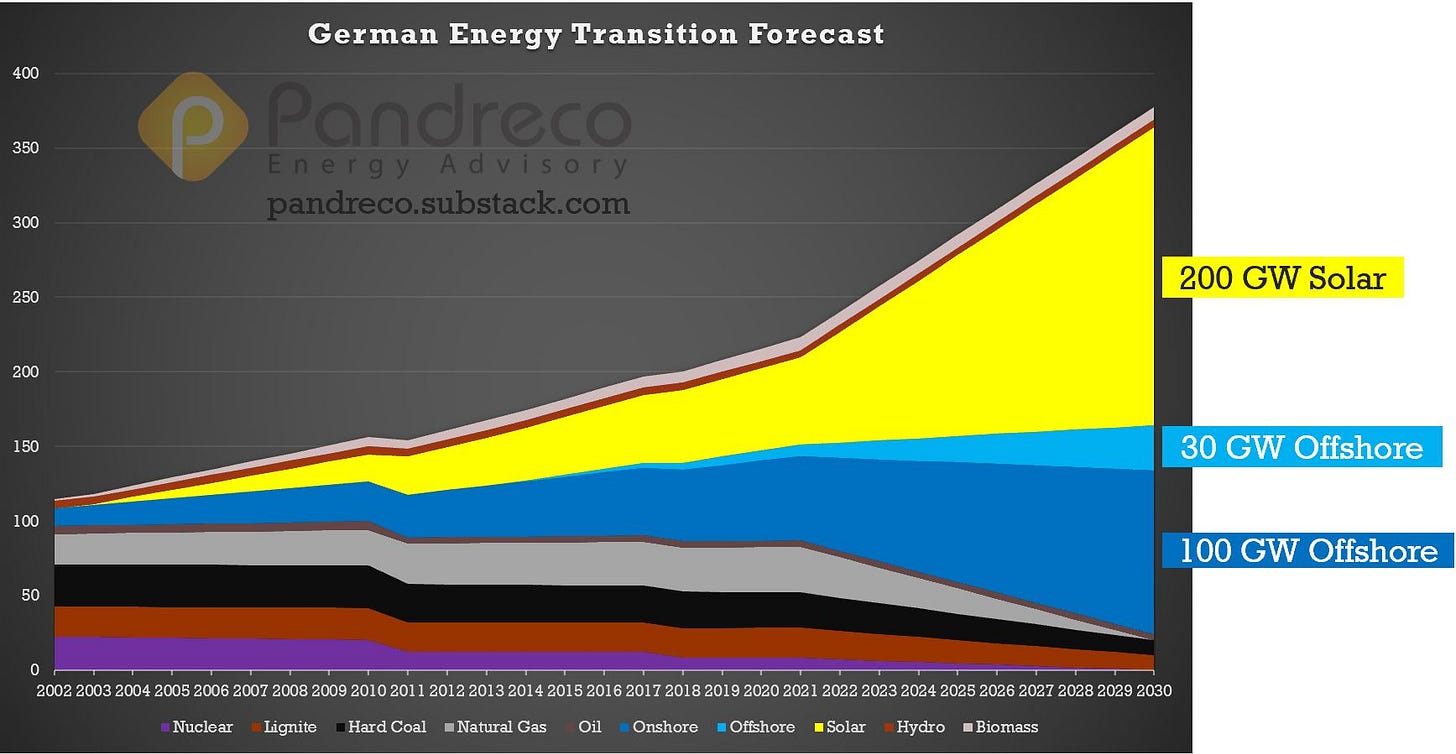
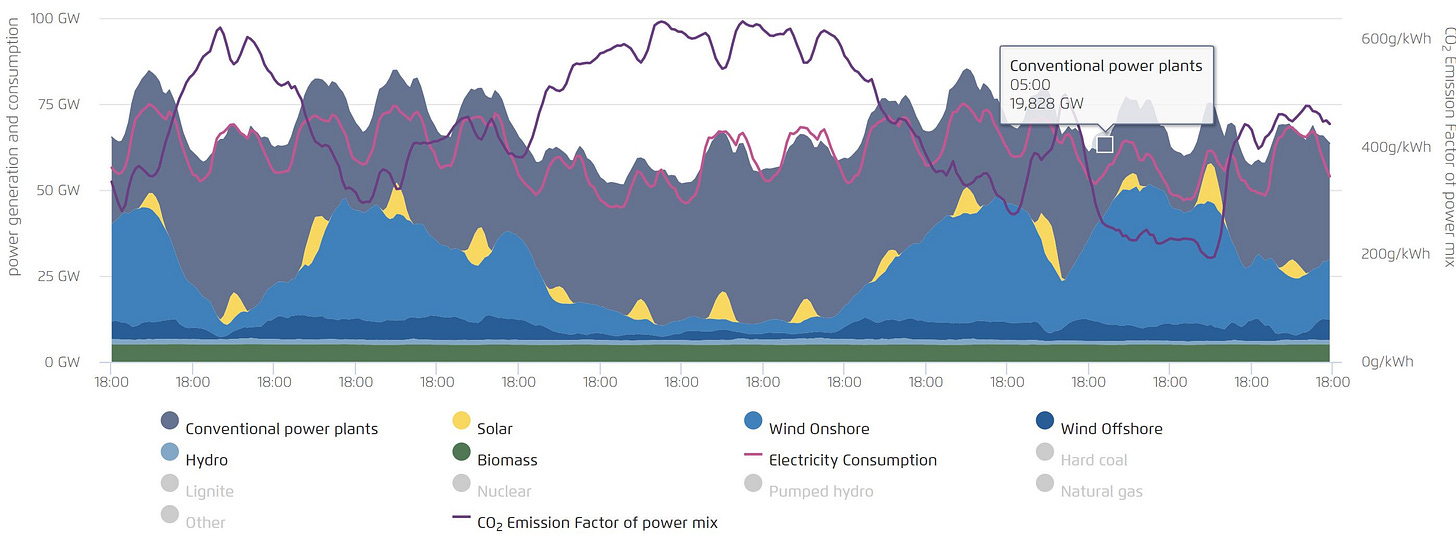
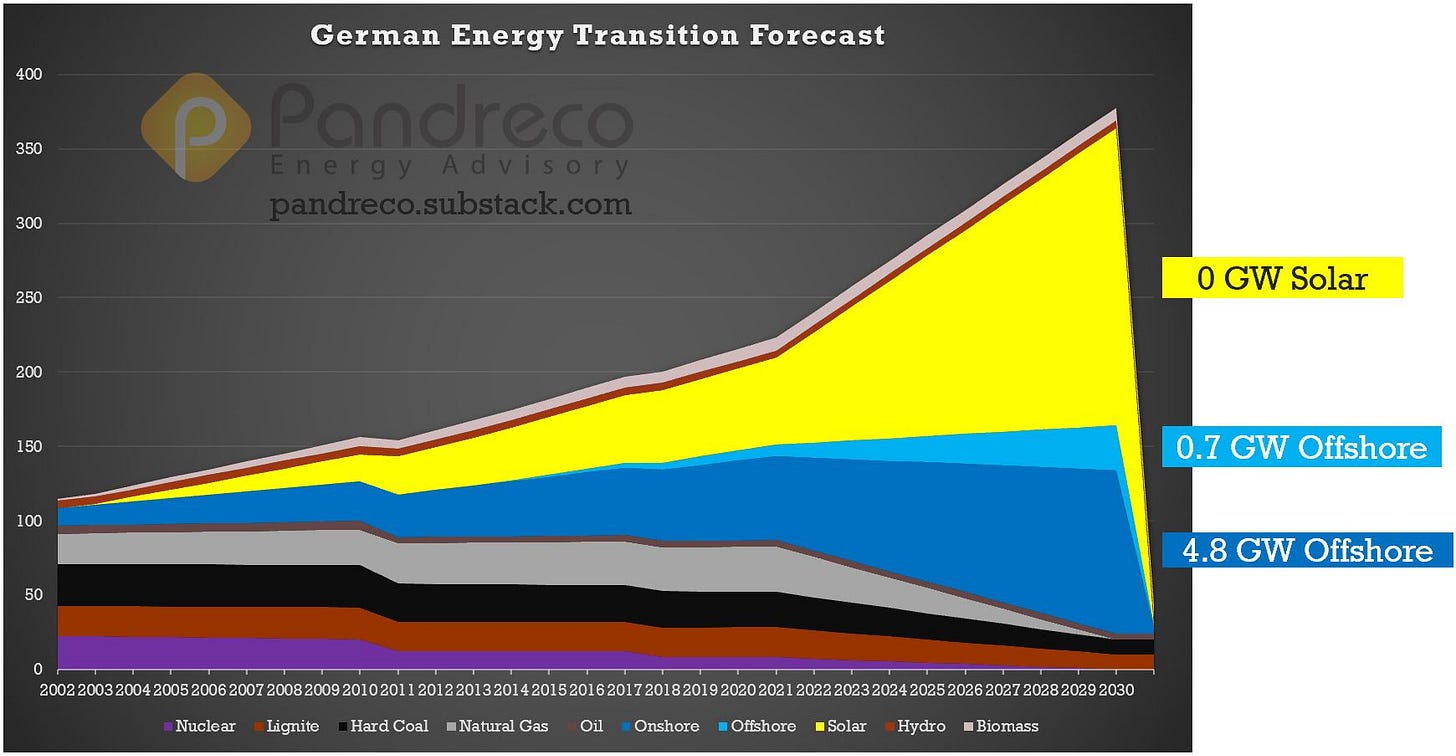
https://www.youtube.com/watch?v=lGrZRFDHZOk
https://www.youtube.com/watch?v=lGrZRFDHZOk